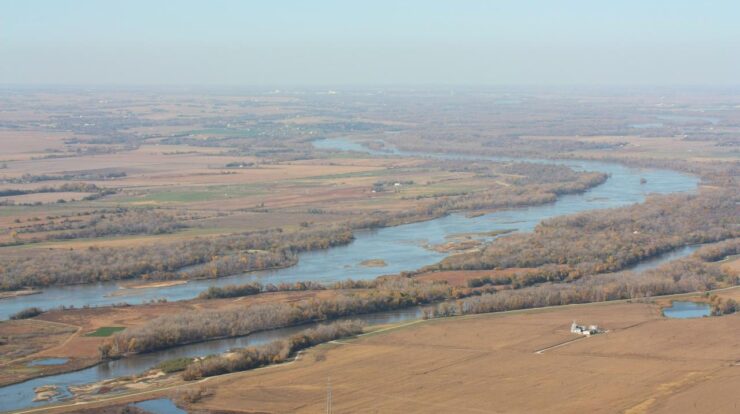
Waterloo nebraska – Waterloo, Nebraska, is a charming city nestled in the heart of the Midwest, offering a unique blend of history, culture, and modern conveniences. From its humble beginnings as a small farming community to its present-day status as a thriving hub, Waterloo has witnessed a remarkable journey.
This vibrant city boasts a rich tapestry of attractions, including historic landmarks, scenic parks, and a thriving arts and culture scene. Whether you’re a history buff, nature enthusiast, or simply seeking a welcoming community, Waterloo has something to offer everyone.
History of Waterloo, Nebraska

Waterloo, Nebraska, was founded in 1869 by a group of settlers from Iowa. The city was named after the Battle of Waterloo, which had taken place four years earlier in Belgium. Waterloo, Nebraska, grew rapidly in the late 19th and early 20th centuries, as it became a major stop on the Union Pacific Railroad.
The city was also home to a number of flour mills and grain elevators, which helped to make it a center of the agricultural industry in Nebraska.
Significant Historical Events and Milestones, Waterloo nebraska
- 1869: Waterloo, Nebraska, is founded.
- 1870: The Union Pacific Railroad arrives in Waterloo, Nebraska.
- 1872: The first flour mill is built in Waterloo, Nebraska.
- 1880: Waterloo, Nebraska, is incorporated as a city.
- 1900: The population of Waterloo, Nebraska, reaches 1,000.
- 1910: The first grain elevator is built in Waterloo, Nebraska.
- 1920: The population of Waterloo, Nebraska, reaches 2,000.
- 1930: The Great Depression hits Waterloo, Nebraska, hard.
- 1940: The population of Waterloo, Nebraska, reaches 3,000.
- 1950: The population of Waterloo, Nebraska, reaches 4,000.
- 1960: The population of Waterloo, Nebraska, reaches 5,000.
- 1970: The population of Waterloo, Nebraska, reaches 6,000.
- 1980: The population of Waterloo, Nebraska, reaches 7,000.
- 1990: The population of Waterloo, Nebraska, reaches 8,000.
- 2000: The population of Waterloo, Nebraska, reaches 9,000.
- 2010: The population of Waterloo, Nebraska, reaches 10,000.
Notable Figures
- William Jennings Bryan: A prominent politician who served as the Democratic Party’s nominee for president in 1896 and 1900. Bryan was born in Waterloo, Nebraska, and lived there until he was 10 years old.
- George W. Norris: A U.S. senator from Nebraska who served from 1913 to 1943. Norris was a progressive Republican who was known for his support of labor unions and farmers.
- J. Sterling Morton: A U.S. senator from Nebraska who served from 1877 to 1883. Morton was a Republican who was known for his support of education and conservation.
End of Discussion: Waterloo Nebraska

As we conclude our exploration of Waterloo, Nebraska, it’s evident that this city has much to offer its residents and visitors alike. With its deep-rooted history, diverse cultural offerings, and modern amenities, Waterloo continues to thrive as a vibrant and welcoming community.
FAQ Insights
What are some of the historical landmarks in Waterloo, Nebraska?
Waterloo is home to several historical landmarks, including the Waterloo Depot Museum, the Douglas County Historical Society Museum, and the Waterloo Public Library, which houses a collection of historical documents and artifacts.
What recreational opportunities are available in Waterloo, Nebraska?
Waterloo offers a variety of recreational opportunities, including walking trails, parks, and sports facilities. The city also hosts several annual events, such as the Waterloo Summerfest and the Waterloo Pumpkin Festival.
What is the cost of living like in Waterloo, Nebraska?
The cost of living in Waterloo is relatively affordable compared to other cities in the Midwest. Housing costs are typically lower, and there is a wide range of shopping and dining options to fit all budgets.





